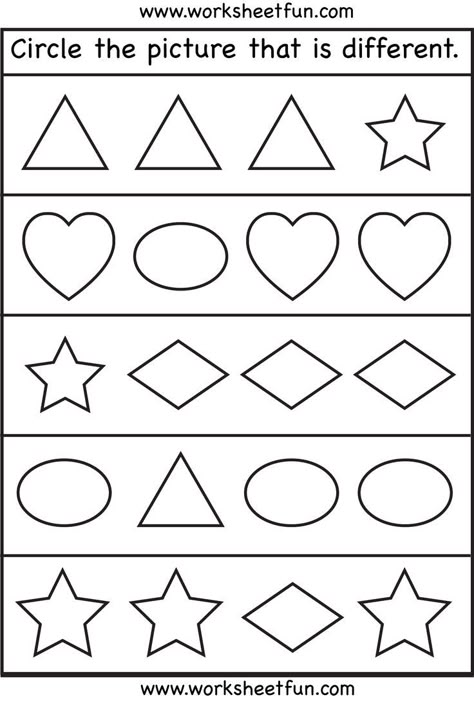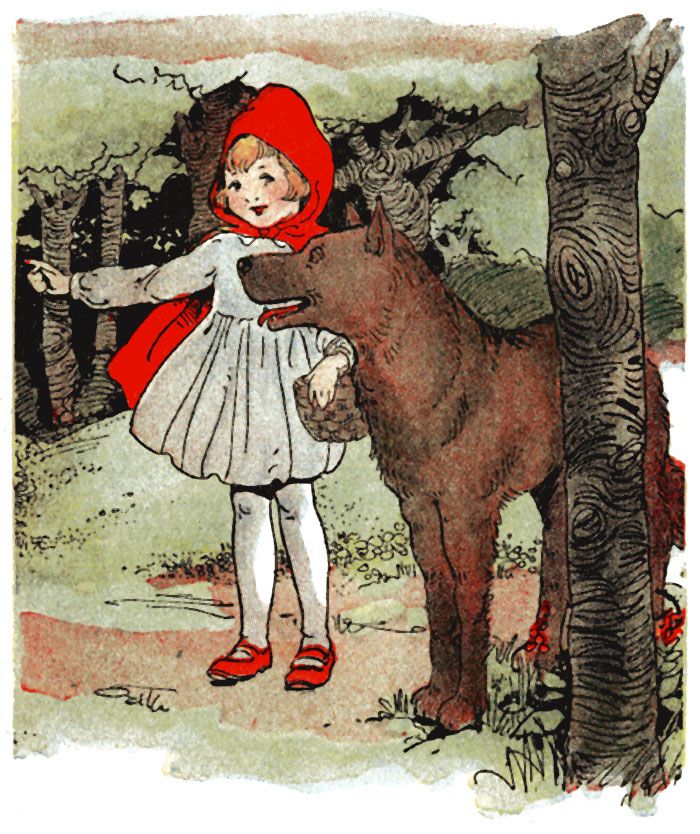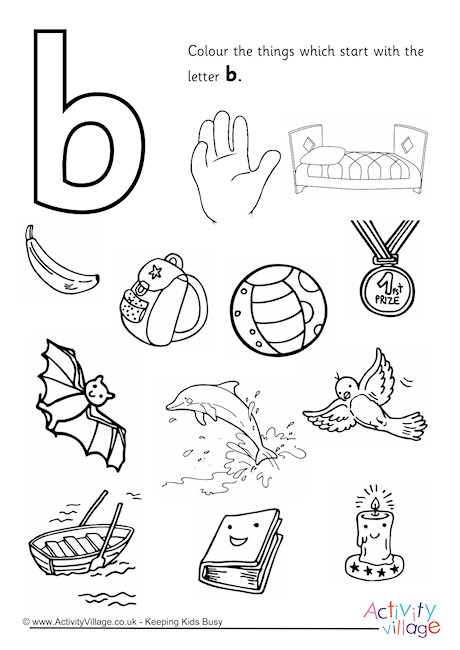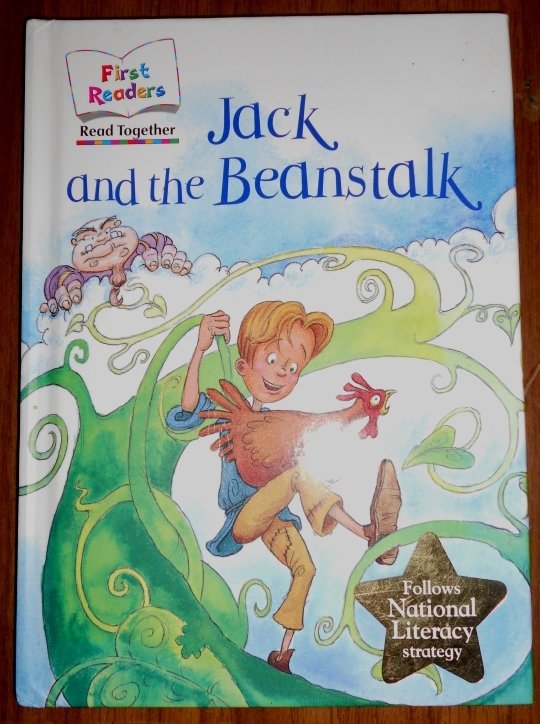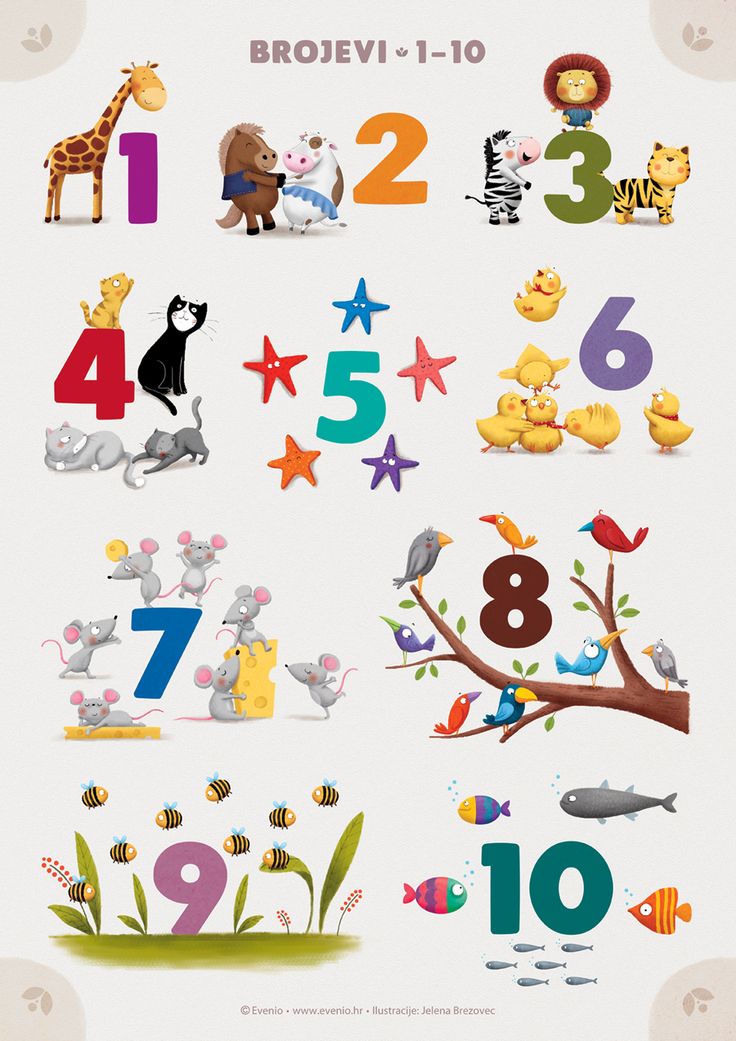Closed compound word
Open and Closed Compound Words: Common Examples and Rules for Spelling
by Yen Cabag | 24 comments
When reading or writing in English, you will notice that two or more words put together can mean a totally different thing.
For example, you may understand the words “old” and “school” when you encounter them separately, but when you put them together, you create a compound word that describes something traditional or old-fashioned.
Learning compound words is a great way to expand your vocabulary. In this post, we’ll explore some of the most common compound words in the English language, along with their meanings.
What Are Compound Words?
Compound words are words that are formed by connecting two or more words together to create a new meaning. They are written in three ways:
- Open compound words: These are spelled as two separate words.
- Closed compound words: These are joined together to form one word.
- Hyphenated compounds: These are two or more words connected by a hyphen.
The challenge is knowing how to spell the words that you need. One way is to simply memorize them, but there are also some qualities that can help you remember how to write them.
Open Compound Words
Open compound words are usually formed when a modifying adjective is attached to a noun, creating a new noun. Take note that it is not simply an adjective describing a noun in a sentence, but instead, the compound is taken as a whole new word.
For example, let’s take the noun school:
- high school: means a completely different thing than just an adjective describing a school;
- new school: is a description of a school that is new, not a compound word;
- old-school: this is a hyphenated compound word that describes something out-of-date, traditional, or old-fashioned (notice the two other hyphenated compound words in this sentence).
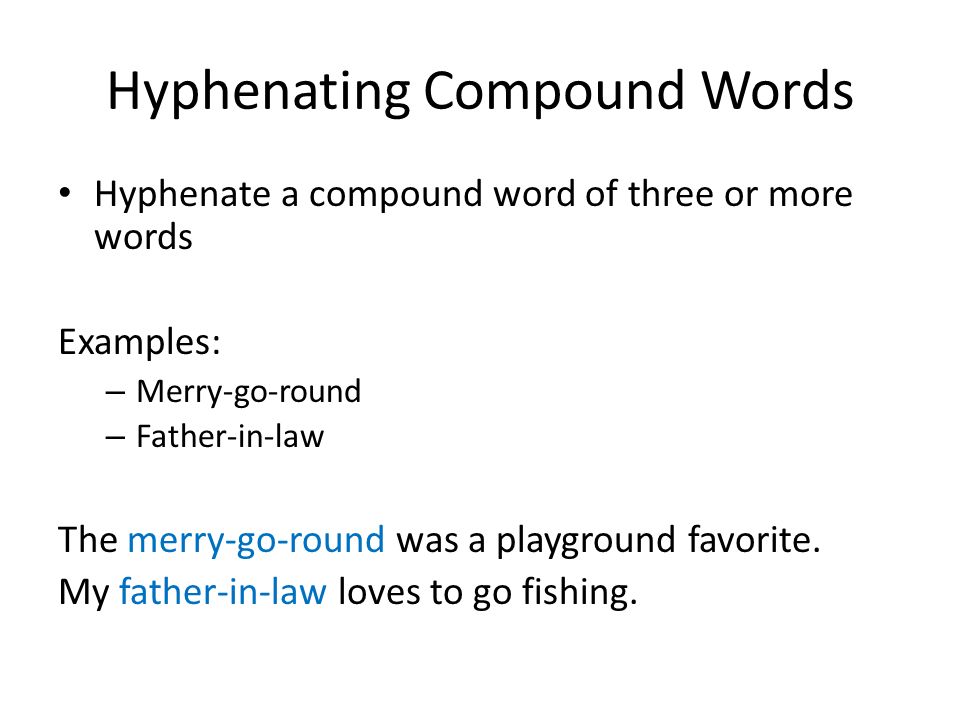
To form open compound words, we separate the modifying adjective from the noun with a space.
For example:
- dining room
- living room
- new moon
- real estate
- coffee table
- paperback book
- racing car
- mountain bike
- jogging pants
- P.E. uniform
- foster mom
- high school
- school bus
- ice cream
- cream cheese
Open compound words are also formed when an adverb ending in -ly is combined with another word:
- newly discovered
- highly contagious
Closed Compound Words
Closed compound words are two or more words that are joined together as one word. Initially, they may not have been joined together, but over time, many of them have come to be accepted as “real words” in English.
For example:
- notebook
- moviegoer
- sunflower
- makeup
- haircut
- newspaper
Hyphenated Compound Words
Compound adjectives are the ones that usually come with hyphens. But remember, you only hyphenate them when they come before the noun they modify. If they appear after the noun in the sentence, remove the hyphens.
But remember, you only hyphenate them when they come before the noun they modify. If they appear after the noun in the sentence, remove the hyphens.
For example:
- That was a well-thought-out plan.
- The plan was well thought out.
- He made sure to make politically-correct statements.
- His statements were all politically correct.
Compound nouns that come with hyphens include:
- mother-in-law
- father-in-law
- sister-in-law
- brother-in-law
- attorney-in-fact
How to Spell Compound Words
The best way to learn how to spell compound words is to memorize them, or consult a dictionary. Here is a list of some of the most common compound words and their spellings:
Family members
- stepfather
- stepmother
- stepbrother
- stepsister
- grandfather
- grandmother
- great grandfather
- great grandmother
- mother-in-law
- father-in-law
- sister-in-law
- brother-in-law
Parts of the Home
- living room
- bedroom
- dining room
- bookshelf
- bedside
- nightstand
- cupboard
- bathroom
- sunroof
- teaspoon
- tablespoon
- teacup
- coffee mug
- shot glass
Body Parts
- armpit
- shoulder blade
- backbone
- eyelashes
- eyebrows
- earlobes
- fingernail
- toenail
People and Their Professions
- policeman
- chairman
- fireman
- stuntman
- busboy
- cabdriver
- caveman
- fisherman
- cowherd
- cowboy
- mailman
- milkman
- taxpayer
- teammate
- waterboy
Clothes
- bathrobe
- business suit
- wedding dress
- nightgown
- tennis shoes
- rubber shoes
Vehicles and Related Words
- airplane
- airport
- jet plane
- spaceship
- mountain bike
- race car
Food and Related Items
- ice cream
- ice cream cone
- snow cone
- white wine
- red wine
- milkshake
- cheesecake
- apple pie
- pancake
- French fries
- hamburger
- chocolate chip cookies
- custard cake
- hotdog
- watermelon
- pineapple
- Tupperware
- strawberry
- blueberry
- blackberry
- meatloaf
- grilled cheese sandwich
Business Establishments
- supermarket
- grocery store
- convenience store
- bookstore
- car rental
- online store
- barber shop
- hair salon
Animals and Insects
- butterfly
- dragonfly
- firefly
- praying mantis
- grasshopper
- angler fish
- Persian cat
- golden retriever
- German shepherd
- cocker spaniel
- Yorkshire terrier
- catfish
- stingray
- goldfish
- sunbird
- tailorbird
- kingfisher
- starfish
- jellyfish
- brittle star
- hermit crab
Games
- baseball
- basketball
- football
- volleyball
- pickleball
- table tennis
- lawn tennis
- tennis racket
- badminton racket
- softball
- video game
- virtual reality
- golf cart
- golf balls
- baseball mitt
- baseball bat
- Chinese checkers
Spelling Open and Closed Compound Words
Familiarize yourself with the correct spelling of compound words so you will always know whether to spell them as one word, separate words, or hyphenated words.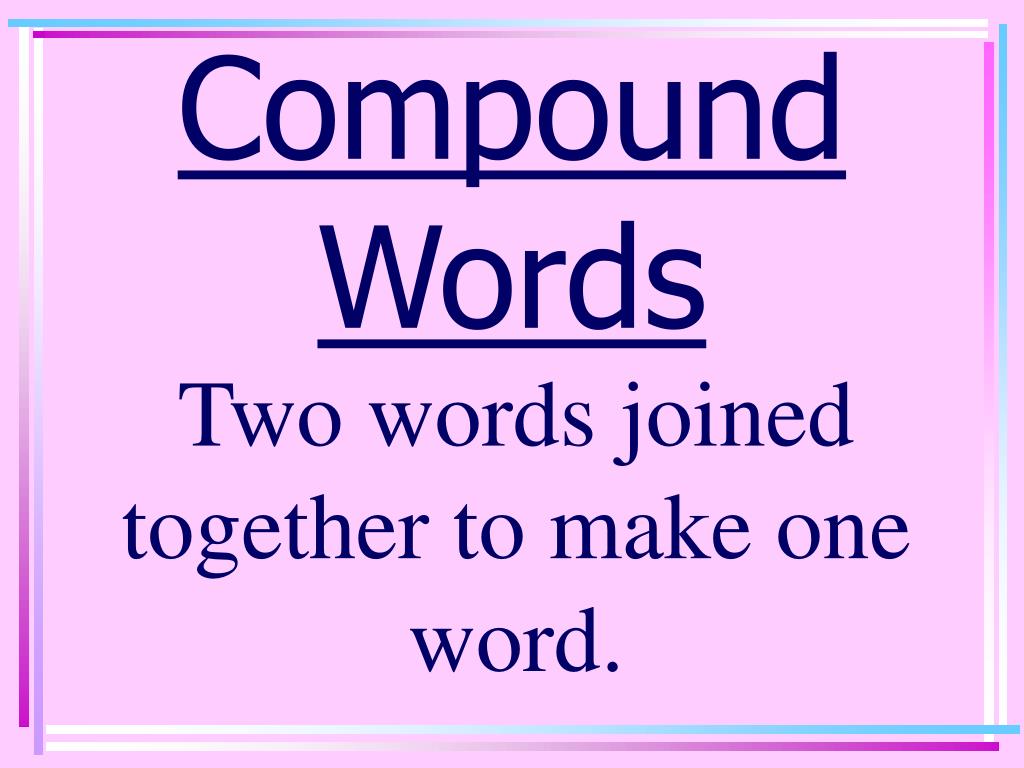
If you’re uncertain, always consult a dictionary, style guide, or a trusted Internet source.
Did you find this post helpful? Let us know in the comments below!
If you enjoyed this post, then you might also like:
- How to Study for a Spelling Test: 8 Tips for Better Results
- American vs. British Spelling: Orthography and Alternate Spellings of Common Words
- How to Spell Better Using the Secrets of Spelling Bee Winners
- Irregular Plural Nouns Explained: Rules and Examples
Yen Cabag
Yen Cabag is the Blog Writer of TCK Publishing. She is also a homeschooling mom, family coach, and speaker for the Charlotte Mason method, an educational philosophy that places great emphasis on classic literature and the masterpieces in art and music. She has also written several books, both fiction and nonfiction. Her passion is to see the next generation of children become lovers of reading and learning in the midst of short attention spans.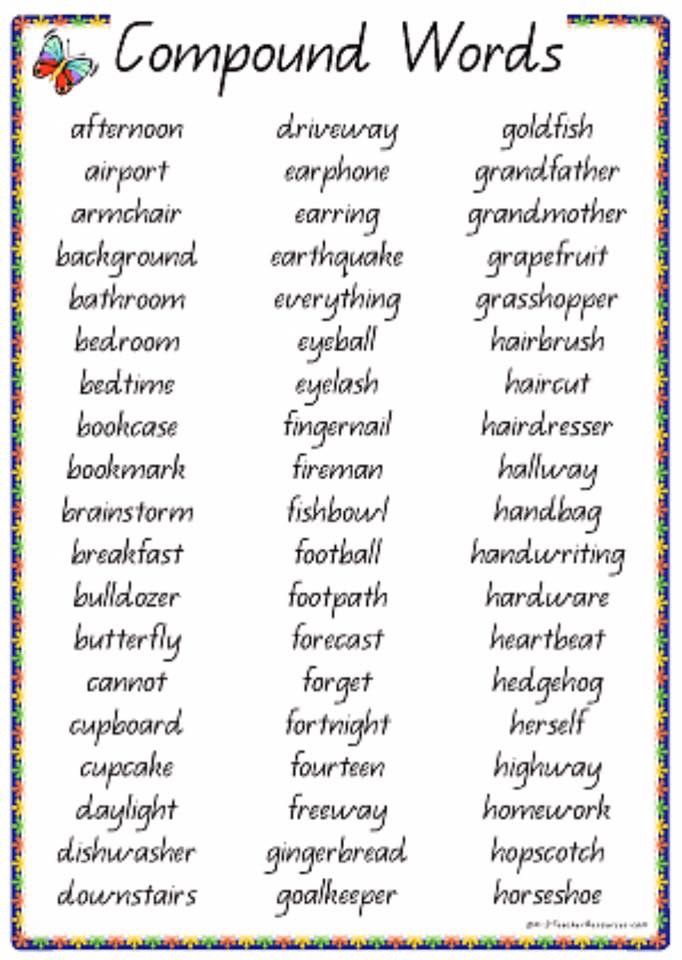
Examples of Compound Words by Type
Compound words are an easy way to add interest to your writing. By combining two ideas in one word, you can quickly provide all the information needed. These examples of compounds will show you how it's done.
Grandmother Illustration With Compound Word Example
Advertisement
What Are Compound Words?
A compound word is formed when two words are combined to make a new word. It is one of the ways in which the English language is flexible and always changing, as compound words allow people to create new words as the need arises.
For example, you might use “in” and “side” to create the compound word “inside”.
We should play inside today.
The words “carry” and “over” can make the compound word “carry over”.
We can carry over that surplus into the next sprint.
As you can see, compound words can come in different varieties.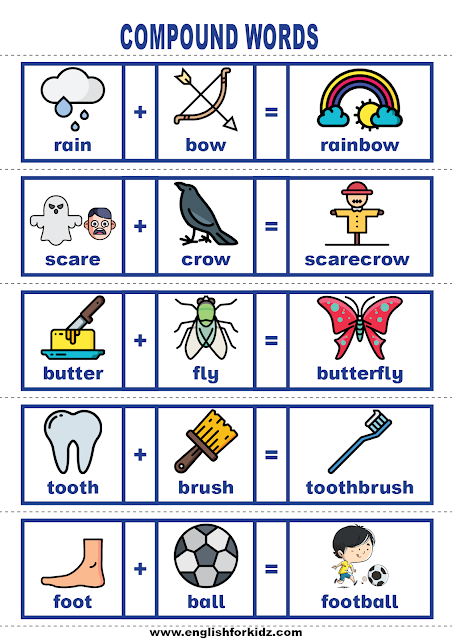 Explore examples of each.
Explore examples of each.
Examples of Compound Words
When it comes to compound words, there are three different types that are important: closed-form, open-form, and hyphenated. Dive into how each type of compound word is different.
Closed-Form Compound Word Examples
Closed compound words are formed when two fully independent, unique words are combined to create a new word. For example, you would combine “grand” and “mother” to create the closed-form word “grandmother”. In a sentence, this would look like, “My grandmother is coming over.” These are the most common types of compound words.
For example:
- bullfrog
- snowball
- mailbox
- grandmother
- railroad
- sometimes
- inside
- upstream
- basketball
- anybody
- outside
- cannot
- skateboard
- everything
- schoolhouse
- grasshopper
- sunflower
- moonlight
Open Compound Word Examples
Open compound words are formed when two words remain separate on the page but are used together to create a new idea with a specific meaning.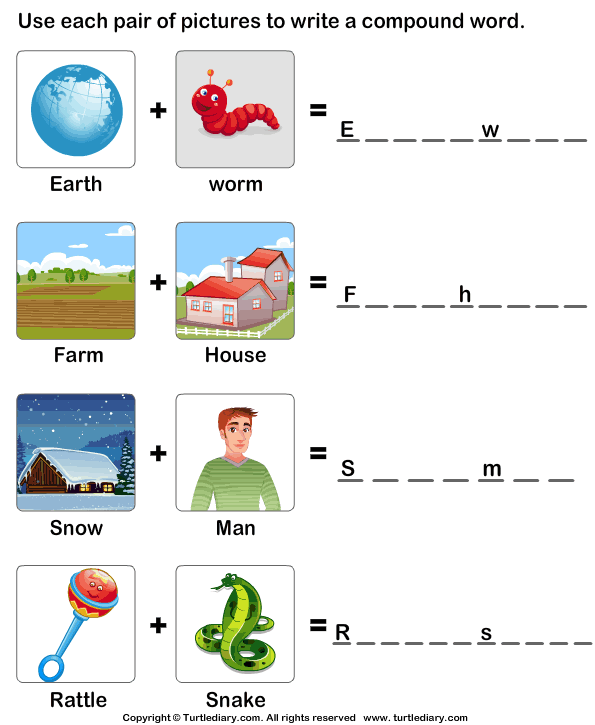 For example, “attorney” and “general” are used to form the open compound word “attorney general”. You could see this in the sentence, “The attorney general holds the power in legal matters.” Other examples of open compounds include:
For example, “attorney” and “general” are used to form the open compound word “attorney general”. You could see this in the sentence, “The attorney general holds the power in legal matters.” Other examples of open compounds include:
- peanut butter
- Boy Scouts
- no one
- ice cream
- real estate
- high school
- living room
- sweet tooth
- hot dog
- grand jury
- post office
- full moon
- half sister
- cave in
Advertisement
Hyphenated Compound Word Examples
Hyphenated compound words are formed when two separate words are joined together by a hyphen. Examples of hyphenated compound words include:
- two-fold
- check-in
- merry-go-round
- father-in-law
- seventy-two
- long-term
- up-to-date
- mother-in-law
- one-half
- over-the-counter
Note that hyphenated compound words are most commonly used when the words being joined together are combined to form an adjective before a noun.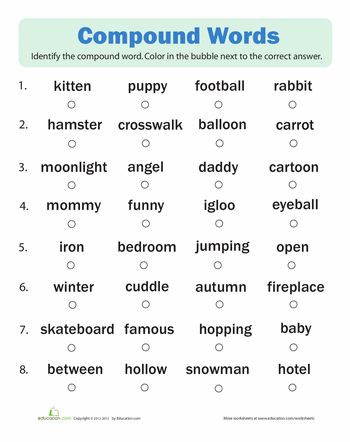 For example:
For example:
- forty-acre farm
- full-time worker
- on-campus housing
- state-of-the-art features
- family-run busines
However, these hyphenated compound words become open compounds when they are placed after the word they describe. For example:
- The farm has forty acres.
- The worker is full time.
- The housing is all on campus for freshman
- Its features are truly state of the art.
- The business is still family run.
Compound Words in Sentences
Now that you learned about the different types of compound words, see if you can find the compound words in the sentences below.
- My grandfather is coming home for the holidays.
- I really want a peanut butter and jelly sandwich.
- The real estate agent had to take a test to get her license.
- She is a part-time teacher.
- That is our full-time worker.
- I’m so tired of looking for on-campus housing.
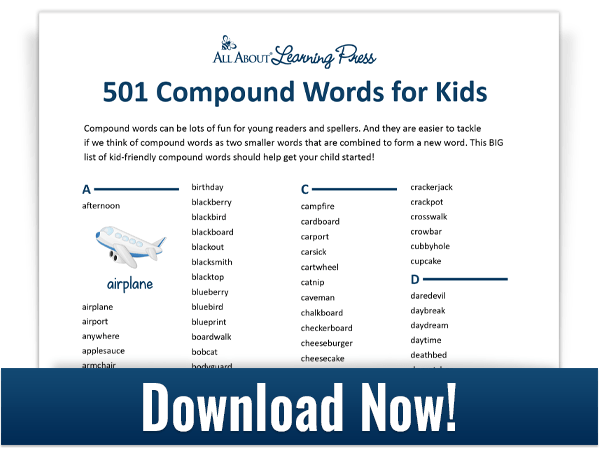
- He was seventy-two years old.
- Let’s go play some basketball
- Has anybody seen my binder?
If you have those down, try creating a few sentences using compound words that you create!
Advertisement
Compound the Reader's Interest
By adding compound words to your writing, you can make your ideas more interesting and descriptive for the reader. The addition of too many compounds can be messy, especially hyphenated compound words; so, be sure to use compound words wisely. Like any seasoning, they are best sprinkled throughout your writing instead of used in every line.
Now, that you have a grasp of compound words, you might want to dive into some compound sentence examples.
M.A. English
- 7th grade
- 8th grade
- 9th grade
- middle school
- high school
- college
- 6th grade
Related Articles
Compound Verb Examples
A compound verb is a verb that is made up of multiple words.
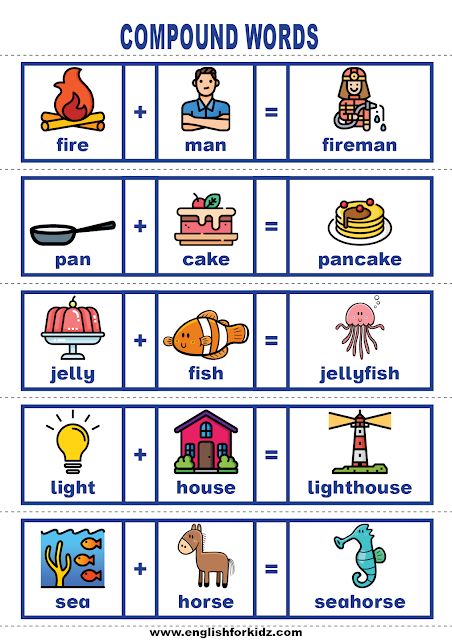 The compound verb can take on such forms as: A prepositional verb A phrasal verb A verb with auxiliaries A compound single-word verb Each of these operate a little differently and the best way to understand them is to study a variety of compound verb examples.
The compound verb can take on such forms as: A prepositional verb A phrasal verb A verb with auxiliaries A compound single-word verb Each of these operate a little differently and the best way to understand them is to study a variety of compound verb examples.Examples of Homographs: Same Spelling, Different Meaning
Homographs are pairs or groups of words that are spelled the same way. However, that's where the similarities end! Keep reading to learn more about homographs as well as several homograph examples that you encounter in your daily life.
An unionless complex sentence is ... (examples)
An unionless sentence is two or more simple sentences connected in meaning and intonation without the participation of unions and allied words.
Consider what a non-union sentence is in Russian, what relations develop between its parts and, accordingly, what punctuation marks should be put in it.
What is a non-union proposal?
First, let's remember that in Russian a complex sentence is one that consists of two or more simple sentences that are combined into one semantic whole with the help of intonation. A complex sentence contains two or more grammatical bases. In addition to intonation, its parts can be connected using coordinating and subordinating unions. Among allied complex sentences, compound and complex sentences are distinguished. In addition to them, in the Russian language there are many complex sentences that do not use means of communication in the form of unions and allied words. Compound sentences in which simple sentences are combined without the participation of unions are unionless.
Definition
Non-union sentence is a complex sentence in which simple sentences are connected in meaning and intonation without the use of conjunctions and allied words.
The rain quickly soaked the ground, the air smelled of freshness.

In a non-union complex sentence, the order of simple sentences, their semantic relationships, on which the punctuation marks depend, is important. Different semantic relationships can develop between the parts of the BSP:
- simultaneity, sequence;
- Comparisons (contrasts)
- Time
- Conditions
- Investigation
- Accessions
- Comparison
- Causes
- Luminaires
- of additions, etc.
Depending on the nature of the semantic complicated sophisticated sentence, the next punctuation:
- comma
- semicolon
- TIRA
- NIGHOOUS
VIDEO “SELE -Union Complex sentence: commas and a comma point”
Video “Union -free complex sentence: dash and colon”
Consider the semantic relations between the parts of the unanimous complex sentence.
Non-union sentence with the meaning of simultaneity or sequence
The events described in the non-union complex sentence can occur simultaneously or sequentially one after another. Such a sentence is made using enumeration intonation. In both parts of a complex sentence, the predicates are expressed by verbs of the same type and tense. A comma is usually placed between simple sentences. When listing facts, a semicolon is used between more distant common sentences, which often already have their own punctuation marks.
The tops of the trees were bent by a gusty wind, in the house its whistle could be heard even through tightly closed windows.
The wind continued to howl with might and main; the gray sky, overlaid with leaden clouds, was gloomy; thunder was heard in the distance.
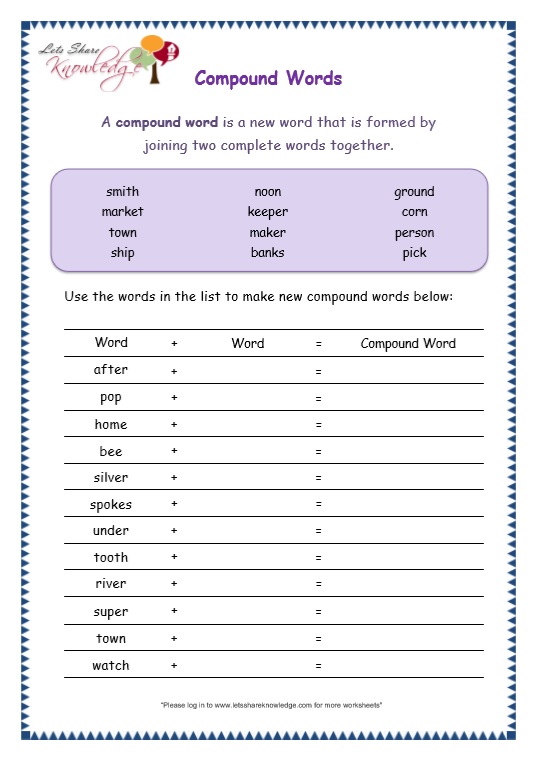
Non-union sentence with opposition
In a non-union complex sentence, the content of the second sentence is compared with the meaning of the first one in the form of opposition. This opposition can be expressed using the union "a".
You wanted to make a friend - I became your enemy.
You wanted to make a friend and I became your enemy.
Russian folk proverbs and sayings are formed with the help of non-union sentences with opposition.
Time is an hour of fun.
If you lie down in summer, you will run with a bag in winter.
Non-union sentence with time value
The first sentence indicates the time during which the action in the second simple sentence takes place. Such sentences denote specific actions and states. In the first sentence, you can use the temporary conjunction "when" .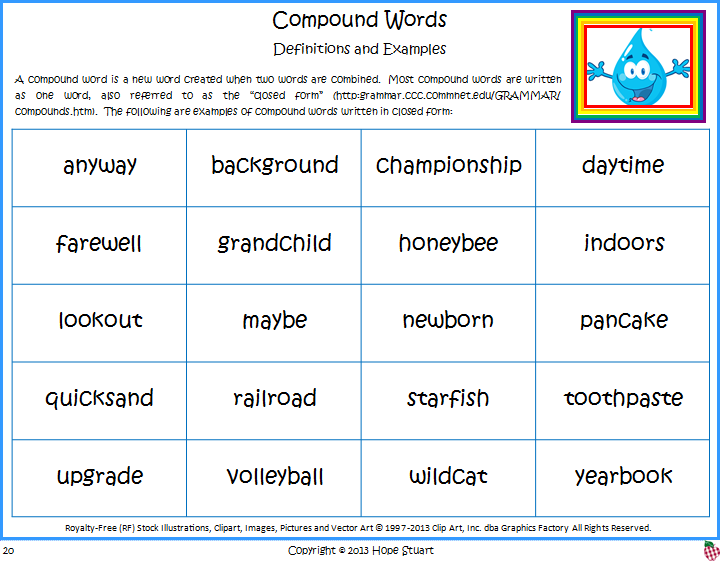
When the snow melts, let's immediately go to the forest for snowdrops.
When the snow melts, we will immediately go to the forest for snowdrops.
Non-union sentence with the value of the condition
The first part of the non-union complex sentence contains a condition under which an action is possible or performed in its second part. To verify this, it is enough to substitute the union "if" to the first part.
If I had left earlier, nothing would have happened.
If she had left earlier, nothing would have happened.
Non-union sentence with the meaning of the consequence
In the second sentence, the consequence is expressed, and in the first - the justification of the action or state, which is referred to in the complex non-union sentence. Subordinating conjunctions can be used between parts of the sentence "so" , "as a result of which" .
The sunset is bright red - tomorrow it will be windy.
The sunset is bright red, so it will be windy tomorrow.
Non-union sentence with the meaning of attachment
In such a complex sentence, the second part has an additive meaning, which can be formed using the words "so", "such", "this" .
Fear has big eyes, that's what my father thinks.
He came quite early - this was the first time.
Non-union proposal with comparison value
The second sentence contains a comparison with what is said in the first part. Comparative relations between the parts of the non-union complex sentence can be expressed with the help of subordinating conjunctions "as", "as if", "as if", "exactly".
She sings - a silver bell rings.
She sings like a silver bell.
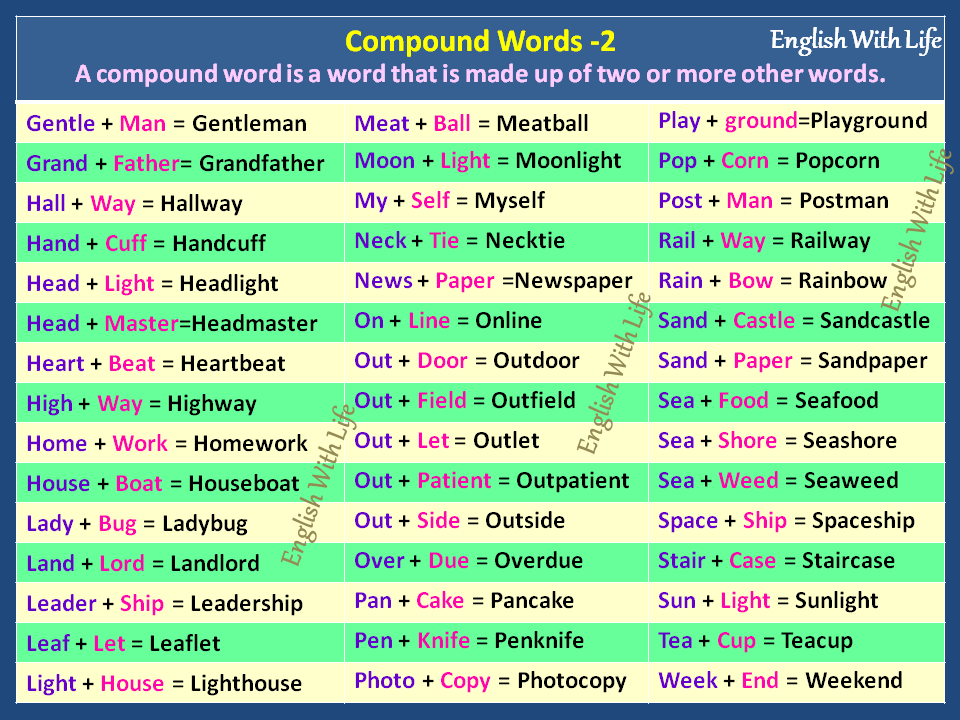
In all considered non-union complex sentences, a significant intonational pause is made between their parts, which is formalized in written speech with the help of a dash.
Let's make a diagram of these sentences:
[ ... ] - [ ... ]
In an asyndetic complex sentence, a separating punctuation colon is placed if one of its parts has the meaning of an explanation, reason, addition, or is framed as a direct question. Let's draw up a diagram of an union-free complex sentence:
[ ... ] : [ ... ]
Union-free sentence with the meaning of the explanation
In the second part of the union-free complex sentence, the meaning of what is reported in the first part is revealed, clarified. Explanatory conjunctions can be used between simple sentences "namely" , "that is" .
It was something unusual: the edge of the sky turned bright purple.
We had pleasant pre-New Year's chores: we had to buy gifts and decorate the Christmas tree.

Non-union sentence with the meaning of the reason
In non-union complex sentences, the second sentence may indicate the justification, the reason for the action referred to in the first part. From it to the second part, you can put the question why? The subordinating conjunction "because" fits the second sentence.
It turned out to be easier to swim to the shore: the strong wind that had been blowing since morning subsided.
It turned out to be easier to swim to the shore (why?) because the strong wind that had been blowing since morning had subsided.
Non-union sentence with the meaning of the complement
In a complex sentence, the second part complements the first in meaning. An explanatory relationship develops between them. In the first sentence, the words 9 are implied0087 "and saw", "and heard", "and felt" , which can be inserted with the subordinating conjunction "what" .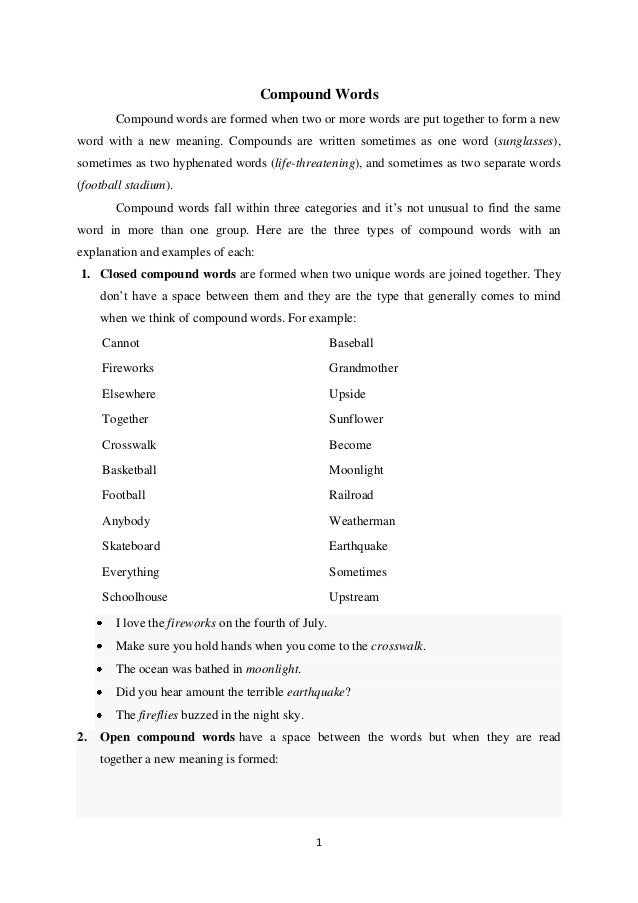
I looked at the night sky: a silvery crescent of the moon peeked out from behind the clouds.
I looked at the night sky and saw that a silver crescent of the moon was peeking out from behind the clouds.
She felt that there was definitely someone in the house.
She felt that there was definitely someone in the house.
In a non-union complex sentence, its second part may contain a direct question:
Many people are interested in the question: what is beauty?
Two simple sentences are separated by a colon. A question mark is placed at the end of a complex sentence in accordance with intonation.
We distinguish a non-union complex sentence from a simple sentence, in which a dash is placed between the subject and the predicate, indicated by nouns, numerals or infinitives, in the absence of a verb connective. A complex sentence, unlike a simple one, contains two grammatical bases.
A complex sentence, unlike a simple one, contains two grammatical bases.
Compare:
The sun is a hot star.
Night will come - everything in nature sleeps.
Supplementary material
- Punctuation marks in a non-union sentence.
- Examples of complex non-union proposals.
Video lesson-presentation "Unionless complex sentence" (Grade 9)
Test
Question 1 of 10
Continue the phrase: "Unionless complex sentence is..."
several equal sentences connected by coordinating conjunctions
several simple sentences connected using intonation
a complex sentence, parts of which are connected by divisive conjunctions
a complex sentence consisting of a main and a dependent part
A complex sentence in Russian - types, types, examples
What is a compound sentence
| Compound sentence is a sentence that consists of two or more grammatical stems. |
An example of a complex sentence:
According to the connection between the parts, complex sentences are divided into two types - allied (complex and complex) and non-union. In the first case, the parts are connected by unions and allied words, in the second - by meaning.
In total, there are 3 types of complex sentences. Let's look at them in a table.
Russian demo lesson
Take the test at the introductory lesson and find out what topics separate you from the "five" in Russian.
Compound sentence
| A compound sentence (CSP) is a complex sentence that has two or more independent simple sentences in its composition. This means that they can be broken with a dot, while the meaning is not lost. |
Parts of such complex sentences are connected by unions and allied words: connecting (and, yes, also, etc. ) , adversative (a, but, but, etc.) , divisive (or, then ... then, not that ... not that, etc. ) or combinations thereof.
) , adversative (a, but, but, etc.) , divisive (or, then ... then, not that ... not that, etc. ) or combinations thereof.
Examples:
-
I wanted a pie, and the apples are already ripe.
-
I wanted a pie, but the apples weren't ripe yet.
-
Either mother will bake pies, or grandmother will come with buns.
Sometimes parts of compound sentences are connected without a coordinating union and a union word - in meaning. Such proposals are called non-union.
Example:
Punctuation marks in compound sentences
In sentences with conjunctions and, yes, however, either, etc. it is customary to put a comma. Except when:
Exception
If the parts of a complex sentence have a common minor member or subordinate clause, but they are connected by a repeating conjunction, a comma must be used.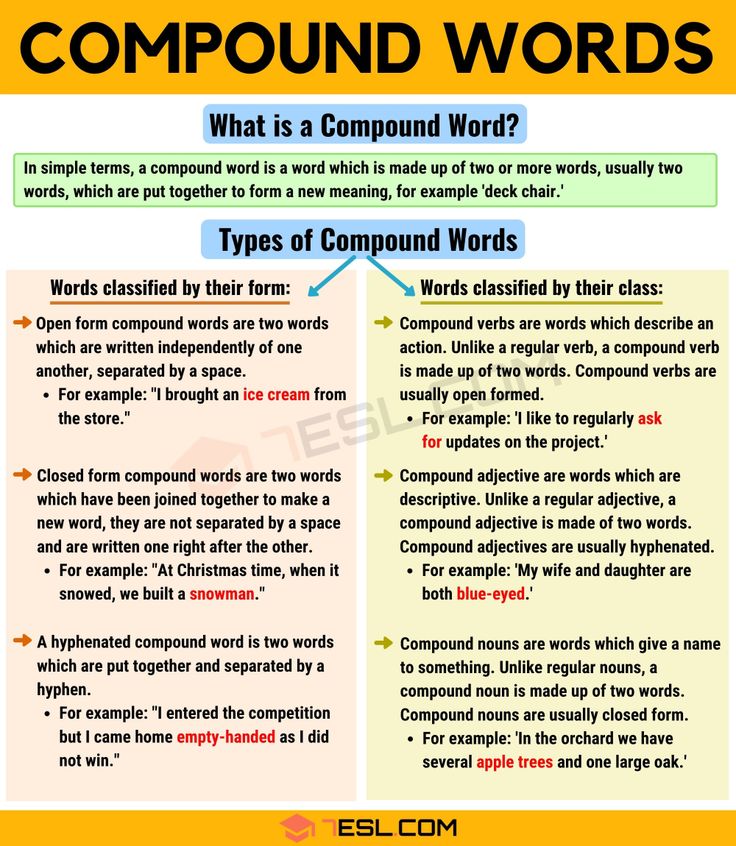
Example:
In non-union compound sentences, parts are divided not only by commas, but also by dashes, colons and semicolons. We discussed this topic in detail in the article on compound sentences.
Compound sentence
| Compound sentence (CSP) is a type of complex sentence in which one simple sentence is subordinate to another in meaning and intonation. In this case, the dependent clause is called the subordinate clause, and the independent clause is called the main clause. |
An example of a complex sentence:
Types of connection in a complex sentence
Usually parts of NGN in Russian are connected with each other by subordinating conjunctions, for example: punctuation, but a subordinating conjunction can still be inserted between them.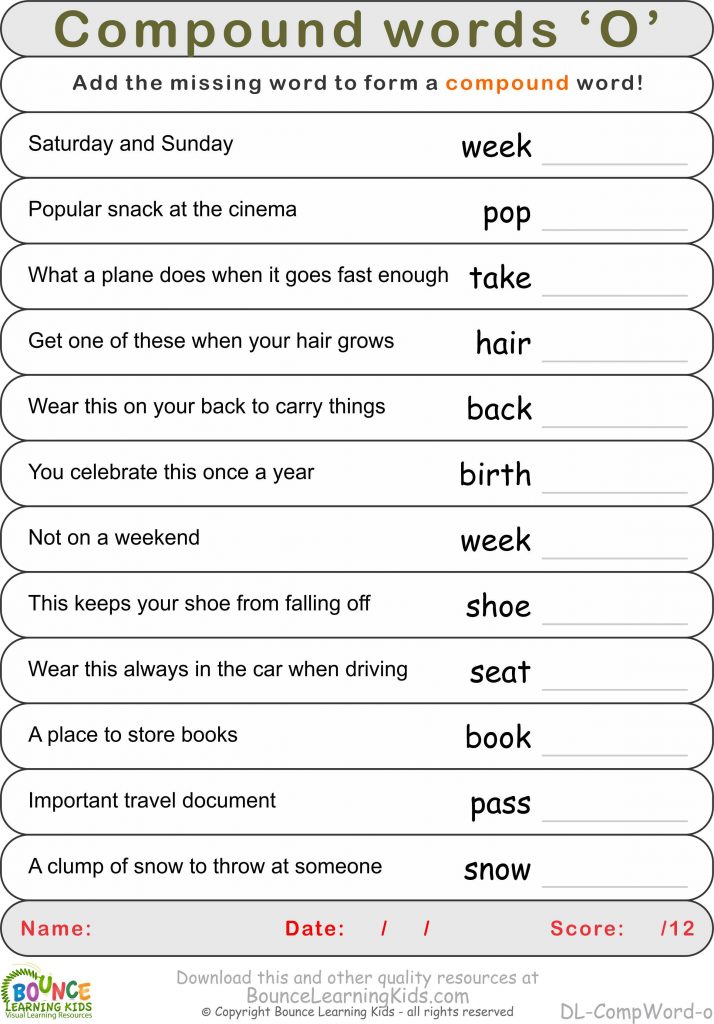 Such proposals are called non-union.
Such proposals are called non-union.
Example:
Meanings of subordinate clauses in NGN
Compound clauses are divided into groups, and then into subgroups according to the meaning and type of connection with the main one.
You can read more about the differences between clauses in a complex sentence with examples in this article.
Types of subordination in a complex sentence
Sometimes in a complex sentence there are not one, but two or more subordinate clauses. This type of complex sentences is called polynomial. They have different types of submission.
We have already discussed this topic in more detail in the article on complex sentences.
Punctuation marks in complex sentences
It is customary to put a comma between the main and subordinate parts of a complex sentence. If one part is in the middle of the other, it must be separated with a comma on both sides:
If one part is in the middle of the other, it must be separated with a comma on both sides:
-
When we returned to the city, all the sorrows were left behind.
-
Now that we have returned to the city, all the sorrows are left behind.
If sentences with the words only, only, yet and, above all, precisely, obviously, are probably connected by a compound union, it is divided. Then a comma should be placed before the word that you need to put a comma:
If we highlight indicative or conditional clauses with intonation and put them before the main clause, a dash is placed between them:
If it is clear from the main clause that the clause will explain it, you need to put a colon. The same rule applies to non-union complex sentences:
Free English lessons with a native speaker
Practice 15 minutes a day.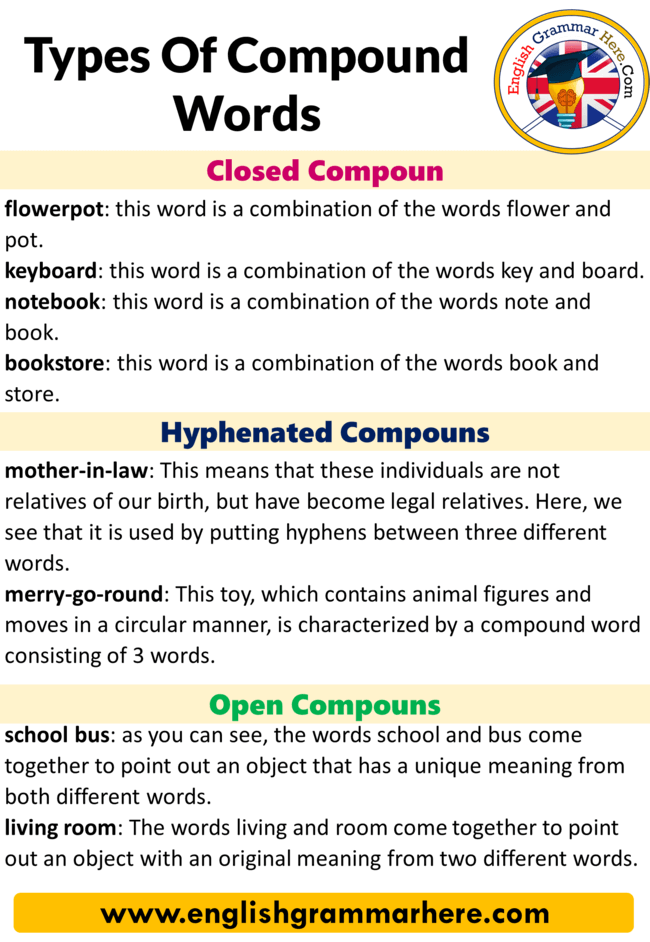 Learn English grammar and vocabulary. Make language a part of life.
Learn English grammar and vocabulary. Make language a part of life.
Test yourself
Determine what type of compound sentence these examples belong to: complex or compound?
-
Mother had already cooked for the morning and went to bed when I returned from the theater.
-
I knew it couldn't go on too long.
-
Snowflakes lay lightly on the palm, and the world around froze in snow-white splendor.
-
I went to the edge of the forest an hour later, but the travelers were gone.
-
I quickly found the place where the cuckoos were nesting.
Russian language exam preparation courses at the Skysmart online school - without stress and on real exam tasks.



